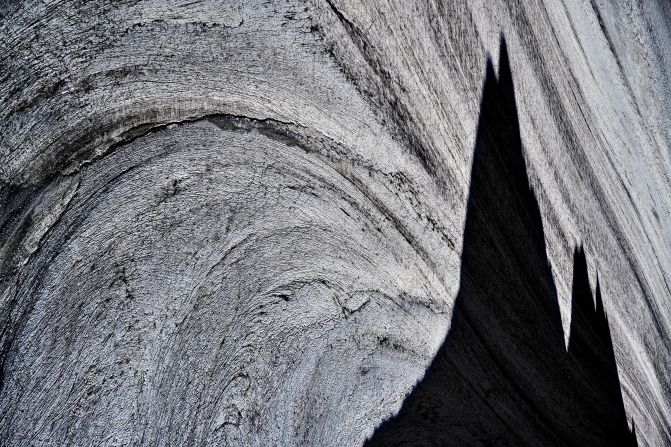
This photo is the joint winner in the "Photograph of the Year" category in the second annual Natural Landscape Photography Awards. It depicts the shadow cast by some peaks on the surface of the Lowell Glacier, in Kluane National Park, Yukon Territory, Canada. "It was taken on a July morning in 2022 from a Cessna 172 single-engine aircraft as part of a decades-long project on glaciers," says Canadian photographer Jim Lamont, who adds that the image is meant to highlight the destruction that will overwhelm humanity unless urgent action against climate change is taken.
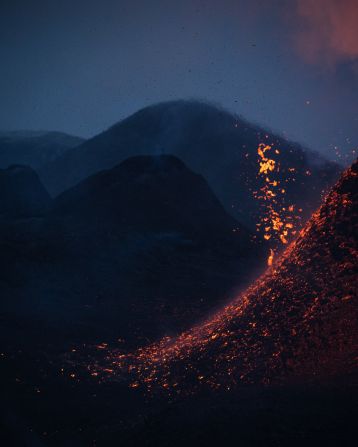
Austrian photographer Philipp Jakesch took home the joint prize for "Photograph of the Year" with this image of a volcanic site on the Reykjanes Peninsula, Iceland. "I was uncertain how it would be and how dangerous it was," he says. "Luckily we had good conditions and good filters to protect our lungs. The 1,100 degrees Celsius hot liquid earth is frozen in time. Even though my distance to the erupting volcano was about 500 meters, I could feel the radiating heat with every outbreak."
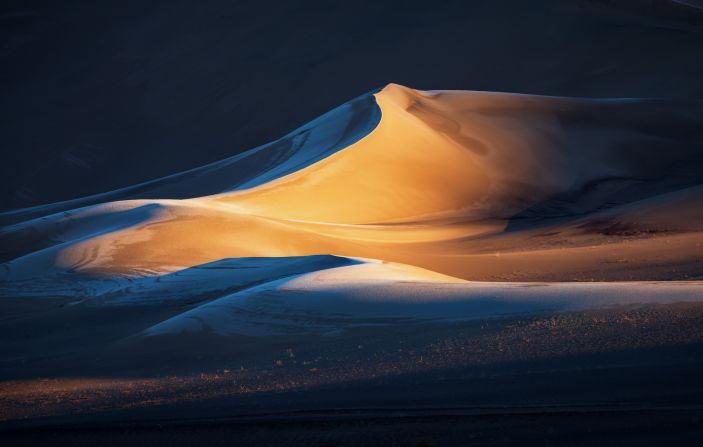
The prize for "Photographer of the Year" went to American Brent Clark, who submitted impressive shots of American wilderness, from a desert canyon in Utah to an alpine lake in Wyoming. In this image, titled "Amor Fati," light breaks through an out-of-frame mountain pass to illuminate one shapely section of sand dunes in California.
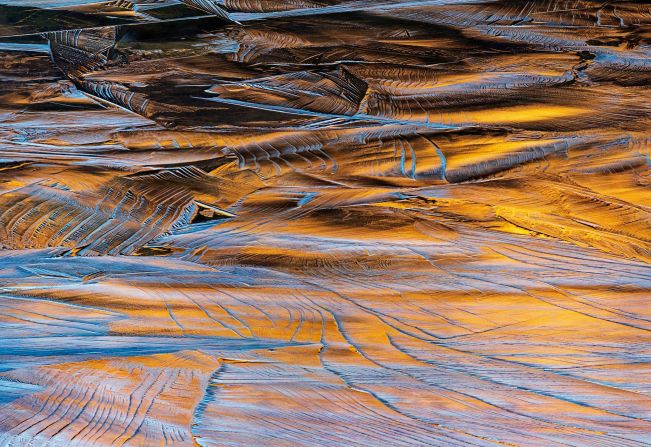
Also by Brent Clark, this image from Wyoming is titled "The Elements," and shows fresh ice patterns reflecting early morning light on a mountainside. "What caught my attention with the NLPA was its esteemed judges and core values, rather than the prizes and recognition that come with winning," says Clark. "I felt like entering was to cast a vote for what I wanted to see more of in the landscape photography community -- natural and inspirational imagery, grounded in reality."
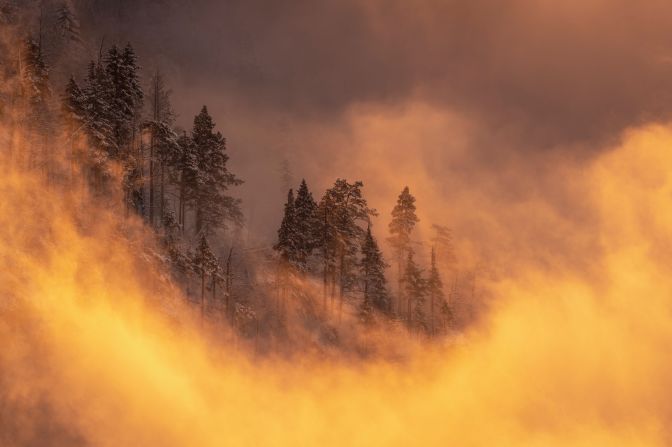
Romanian photographer Daniel Mîrlea won the "Project of the Year" category with "Forests," a set of images from the Carpathian Mountains. "It represents one of the country's natural treasuries, and even though some are parts of different natural parks, they are still endangered," he says.
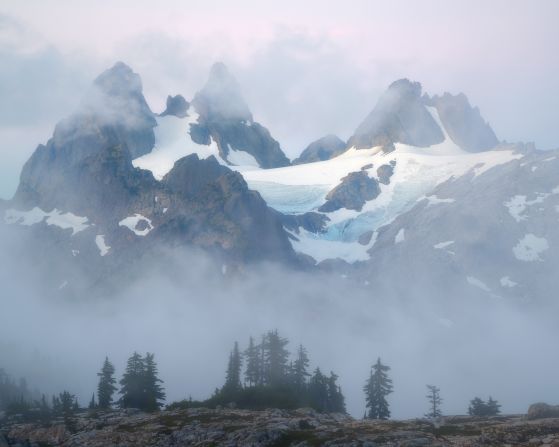
Winner of the "Grand Scenic" category is American photographer Kevin Monahan: "For this backpacking trip in the Alpine Lakes Wilderness, one of the photographs I was hoping for was of these mountains reflecting in a calm alpine lake. Throughout the evening and entire night these mountains were hidden and no pictures were taken, however during sunrise the clouds finally began to part, revealing these impressive peaks," he says.
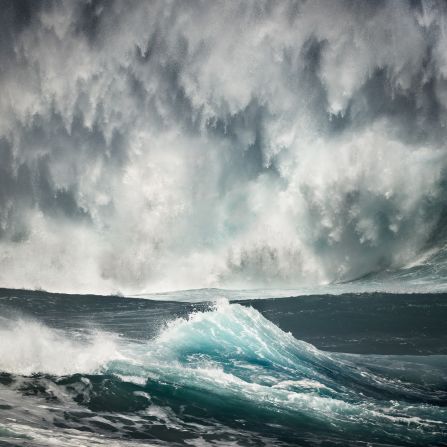
Andre Donawa won the "Seascapes" category with this image, titled "The Great Wave" and captured in Barbados.
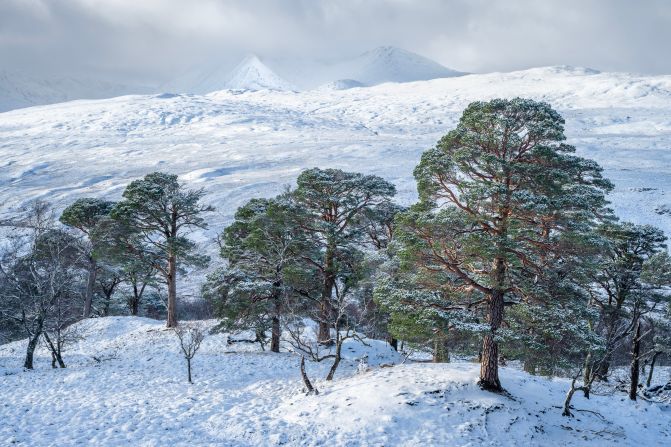
Brian Pollock won the "Frozen Worlds" category with this image: "The last gasp of a short-lived winter in the Scottish Highlands let me photograph these coniferous Scots Pine trees. A short while later, the snow had melted and the Highlands had an unexpected early heatwave," he says.
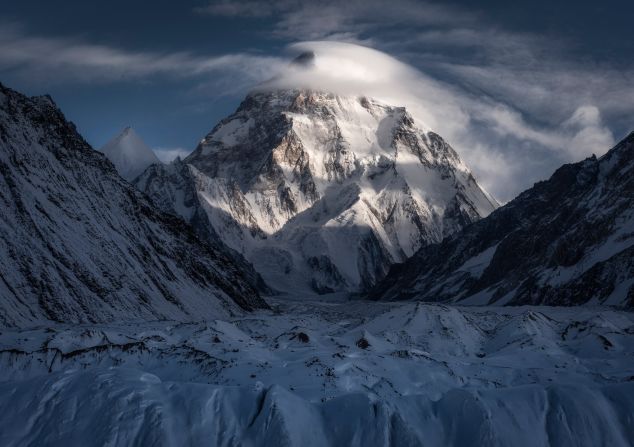
Taken in Pakistan, This shot by Matt Jackisch won the "Mountains" category: "I stood on the Baltoro Glacier in Northern Pakistan at the foot of legendary 8,000-meter mountains like Gasherbrum IV (7,925m), Broad Peak (8,051m) and none other than K2 (8,611m)," he says. "Full winter had set in and everything was white and blue. It was -20 C. Cold, windless, lifeless. The mountain seemed to roar in silence."
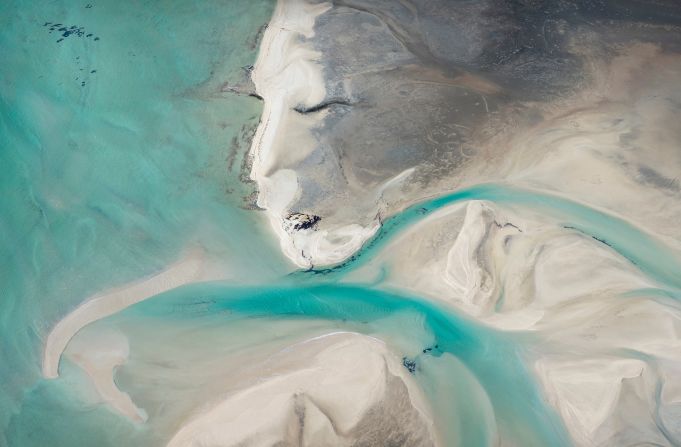
Winning in the "Abstract & Details" category, this photo was taken at Gutharraguda/Shark Bay in Western Australia. Photographer Mieke Boynton titled it "Ocean Deity," as the sand seems to draw a face: "If you look closely, her eyes have been sewn shut by tire tracks," she says. "More than 6,000 marine turtles live in Gutharraguda/Shark Bay, including the globally endangered green turtle (Chelonia mydas) and loggerhead turtle (Caretta caretta). When people drive along the beach in 4WDs four-wheel drives, they put the lives of turtles at risk, as this is where they nest."
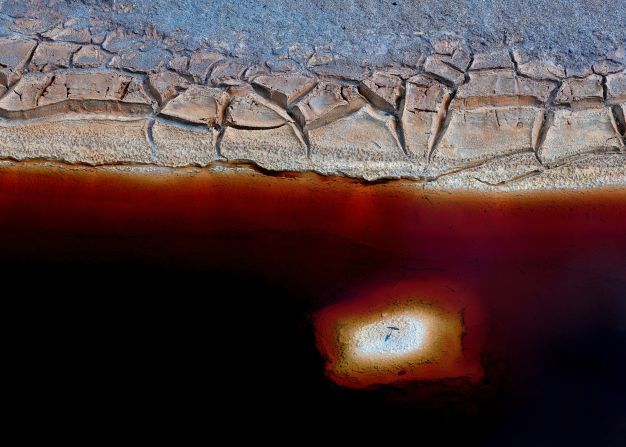
The "Project of the Year" runner-up, Luís Afonso, took this shot at the The Rio Tinto, in Andalucia, Spain. "Its red color is due to the strong presence of dissolved iron, accentuated by a large quantity of heavy materials present in its bed," he says. "It's not only to me that this place has a strong resemblance to the planet Mars. NASA's astro-biologists decided to study it to see if, in a similar environment, life would be possible in (should this be 'on'?) the red planet."


